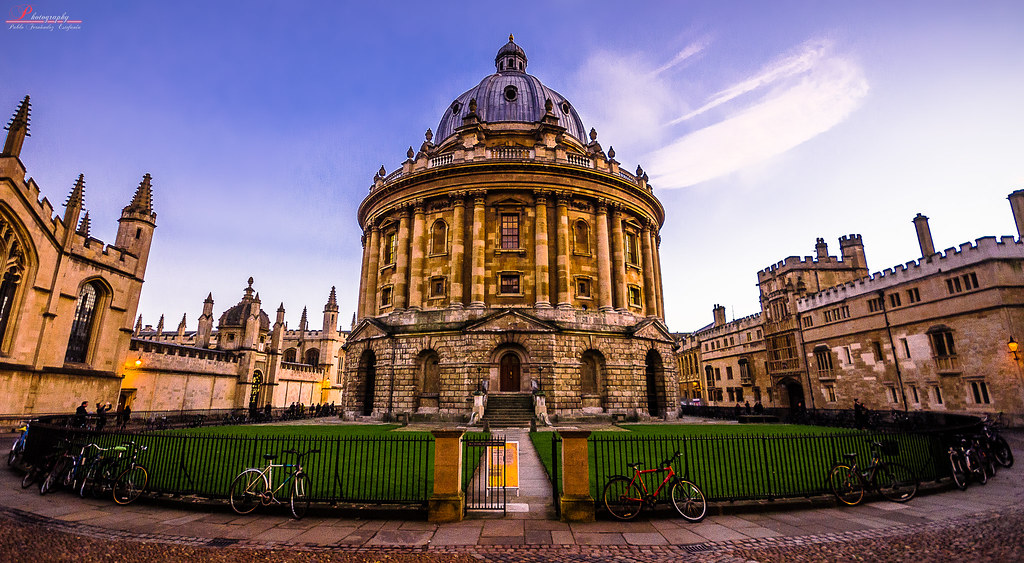Whether you’re on the field, sitting in a classroom, or in the bleachers for a Friday Night Lights football game, seeing the Verrazzano-Narrows Bridge across campus is no surprise at Poly Prep. The Verrazzano has been a part of many lives at both Poly and Bay Ridge even before its creation in 1964. However, little is known about its evanescent origin story, including the protests that arised, the loss of Poly’s property, and the families that were displaced from their homes due to construction.
During the fall of Poly’s 2022-2023 school year, Upper School History Teacher AJ Blandford guided students through Poly’s archival files and came across a book manuscript from Poly alum and former head of the English department, Dr. Miles Kastendieck, which referenced details from the bridge’s construction in relation to Poly. In his first manuscript of “The Story of Poly, Part II,” Kastendieck said that the initial construction plans in 1957 were rumored to “cut directly through the school and grounds as well as ‘cutting Bay Ridge in half,’” which would “threaten the very existence of [Poly].”
However, there is some disconnect between the inceptive construction period and the ultimate plan as the Verrazzano has been built for 59 years and Poly is still standing. Poly did lose some of its property at the front of campus due to the expansion of 92nd Street. “If you look at the difference between 92nd Street, between 5th Avenue and Fort Hamilton Parkway, and what it is between 7th Avenue and the highway overpass you can see how much Poly lost,” said Harold Bernieri Middle and Upper School history teacher and class of 1981 Poly alum.
The street extension was also mentioned in Kastendieck’s manuscript; after widening 92nd street, “Poly lost 50 feet [of] frontage, the corner gate, and the engineer’s house,” he wrote.
An archived Polygon from March 3, 1961 explains that “the second inroad on the school ground” happened because “[the engineer’s house] lies in the path of destruction required for the widening of 92nd street to facilitate approaches to the bridge.” The archive depicts a divot in the property which may have been where construction took place and the loss of 50 feet of land, or the engineer’s house. Proof of 92nd Street construction can be seen at the intersection of Fort Hamilton Parkway and 92nd Street where the street doubles in size.
In New York Times journalist Gay Talese’s book The Bridge: The Building of the Verrazzano-Narrows Bridge, he confirmed that it was the highway connecting the bridge, or the bridge approach, that “would cut into the Bay Ridge section of Brooklyn where seven thousand people now lived [and] where eight hundred buildings now stood.” “Save Bay Ridge” banners flew as this decision triggered protests from locals. “It was a difficult reality for the residents of Bay Ridge. [M]any [felt] that their part of the neighborhood was being destroyed,” wrote an Urban Archive article by the Center for Brooklyn History.
The process of moving the 7,000 individuals and 1,800 families out ended up taking a total of eighteen months before construction started, according to Talese). “Brooklyn real estate man, John B. Swift […] was commissioned to help move 1,430 of the 1,800 uprooted Bay Ridge families” and receive threats according to a New York Times archive from June 19, 1964. The same archive explained that some older people on pensions or small fixed incomes, say that the relocation caused them financial hardships. The displacement in Bay Ridge while constructing the bridge’s various approaches and overpasses, left “barren, rat-infested stretches of dirt where houses had once been,” according to another New York Times archive article called “A Bridge, Verrazzano, Is Woven Into Bay Ridge’s Fabric.”
Next year marks the Verrazzano’s 60th year of being a part of the Bay Ridge community, serving nearly 200,000 cars, including some members of the Poly community, every day.



























